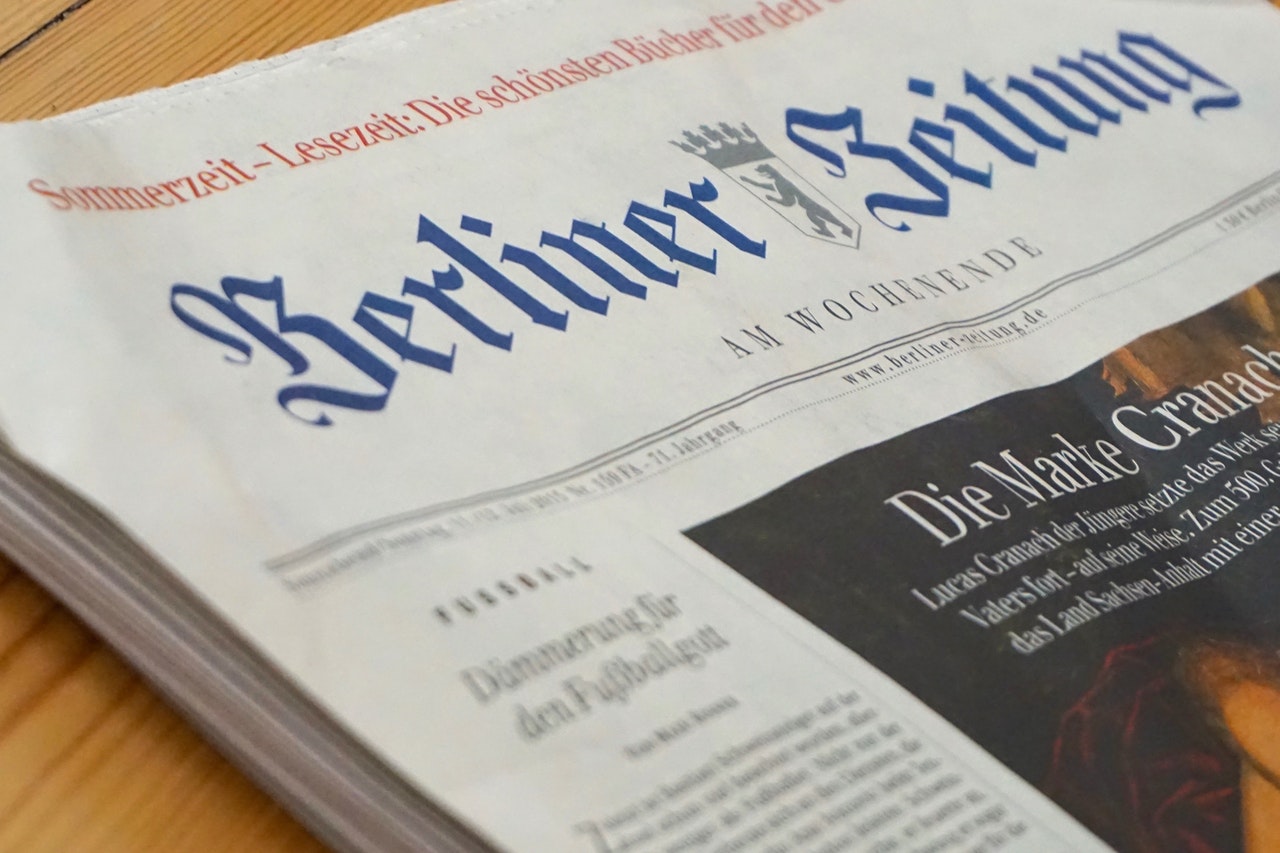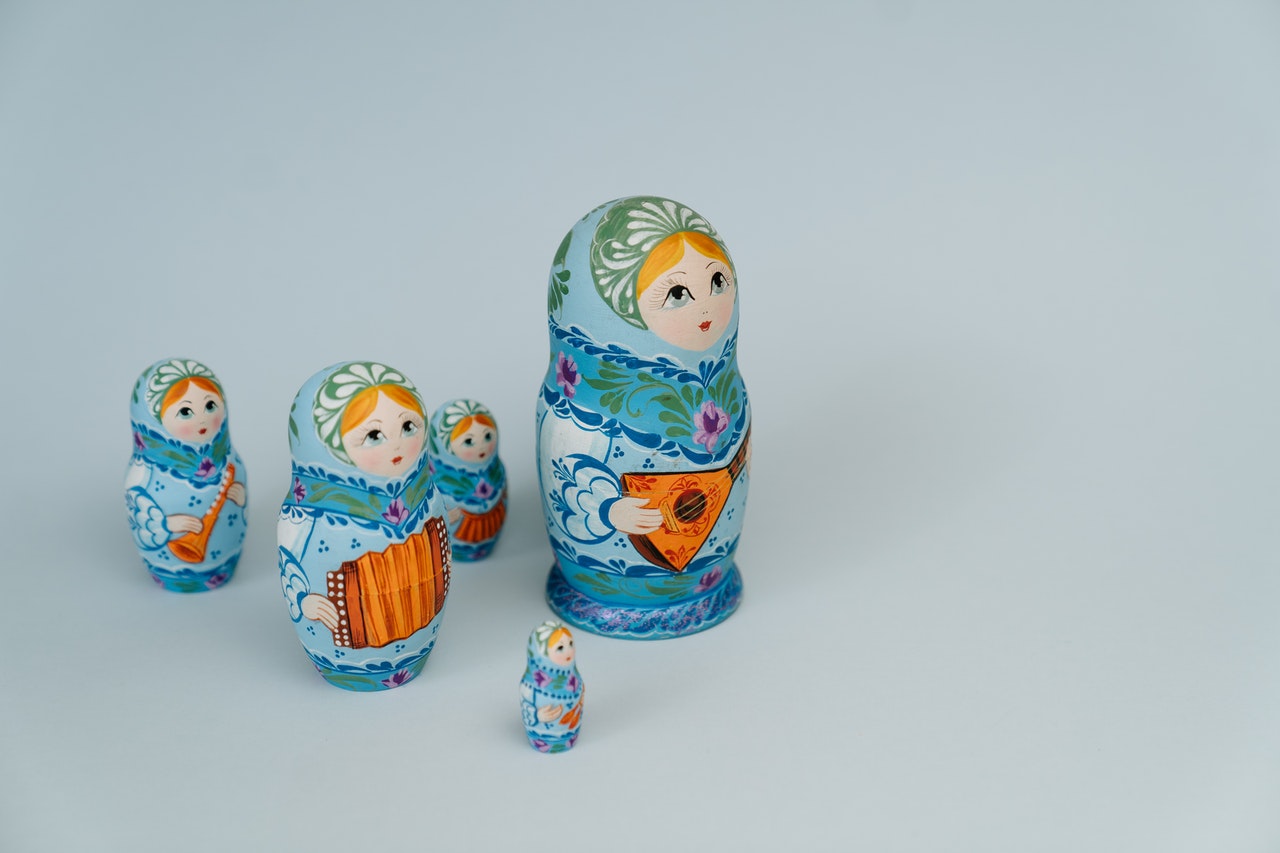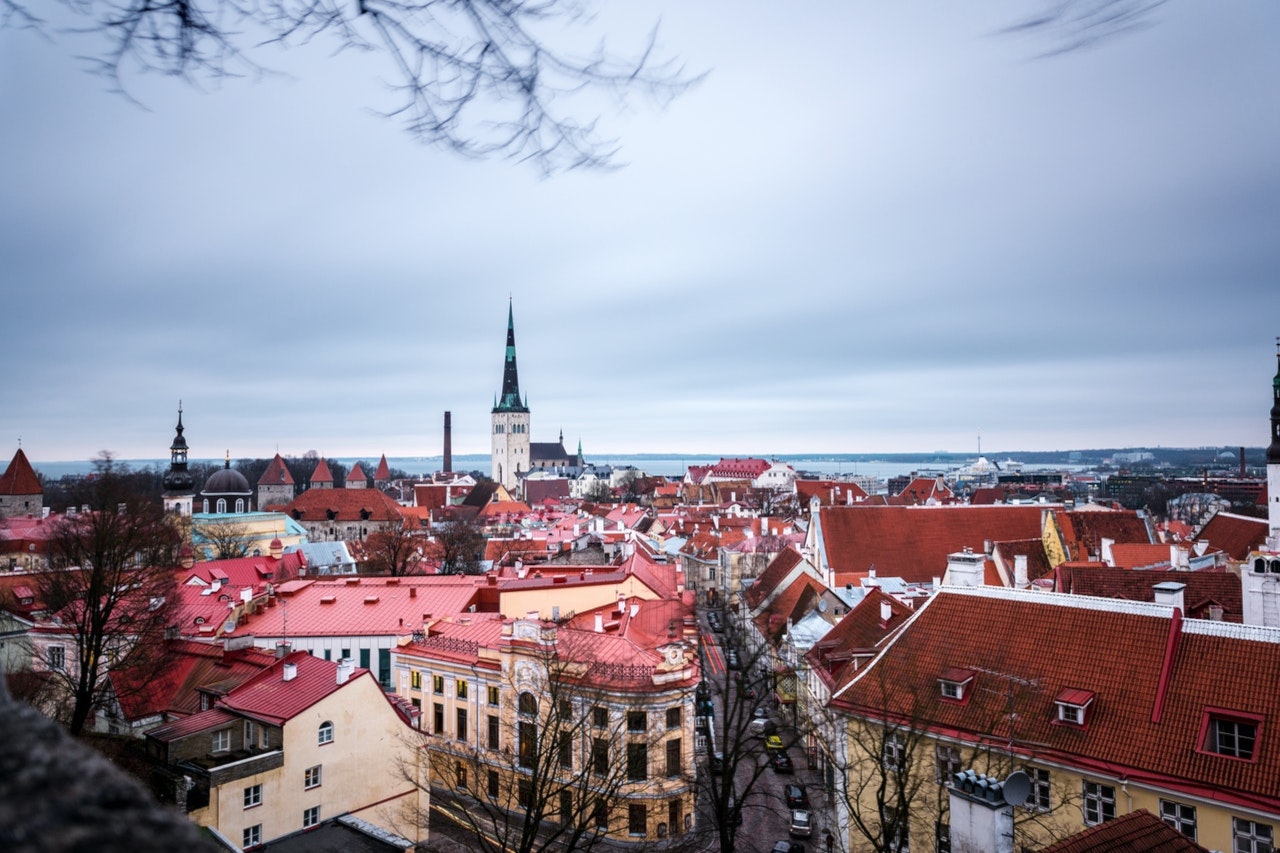
Southern Min
Min Nan Chinese is a dialect group of Chinese languages, which can further be divided into several subdialects: Hokkien, spoken by many communities in southern Fujian and Taiwan, as well as in Chinese communities in Southeast Asia; Teochew, which is also found in southern Fujian and forming the majority of Chinese speakers in Cambodia, Laos and Thailand; and Hainanese, traditionally spoken on the island of Hainan, but also in Singapore.
The varieties of Min Nan don’t enjoy official status in any of the places where they are spoken, and Standard Mandarin is the official language for most of its speakers (in China, Taiwan, and Singapore). In the last decades however, the status of Hokkien has been raised in Taiwan, and can now be studied at schools on the island.
There are several ways of writing Min Nan. It can be written using Chinese characters. New characters are developed for the many words and morphemes in Min Nan that are not reflected in the common Chinese character set. Another way is romanization, where POJ, developed by Christian missionaries in the 19th century, should be the most spread one. Another Romanization system used officially in Taiwan since 2006, Tâi-Lô, is based on POJ. A third method is mixing these systems by using Chinese characters for those words that have an established character, and use romanization for the rest of the words. This method is called Hàn-Lô.


















